 The life and legacy of Isabella Blow will receive cinematic treatment in an upcoming biopic titled The Queen Of Fashion. Ahead, GRAZIA speaks to the film’s director Alex Marx and producer Elise Freeman, who will render her in a new light. Photography courtesy Gary Wallis/@wallispictures
The life and legacy of Isabella Blow will receive cinematic treatment in an upcoming biopic titled The Queen Of Fashion. Ahead, GRAZIA speaks to the film’s director Alex Marx and producer Elise Freeman, who will render her in a new light. Photography courtesy Gary Wallis/@wallispicturesHere’s something you might not know about Isabella Blow. Despite her eccentric silhouettes, sculptural Philip Treacy hats and penchant for wearing shoes of two different colours, her striking style wasn’t always designed to attract attention.
“She saw clothes as armour,” British director Alex Marx tells GRAZIA over Zoom. “There was this interplay between wanting to be noticed, but not always wanting to be intimately seen,” says the man responsible for bringing Blow’s short life to the big screen.
Blow once said of her trademark millinery: “Fashion is a vampiric thing… I wear the hats to keep everyone away from me. I don’t want to be kissed by all and sundry. I want to be kissed by the people I love.”
As those familiar with Blow’s oeuvre of fashion moments would know – remember the 1993 shoot titled ‘Babes in London’, which was lensed by Steven Meisel and featured Stella Tennant, or how she discovered wunderkind Alexander McQueen – her life was vivid and impactful but tragically all too fleeting.
Ultimately, Blow was recognised and revered for her ability to pinpoint McQueen’s talent as a scrappy Central Saint Martins student with a macabre take on polished Savile Row tailoring, as evidenced in the 1992 graduate collection titled ‘Jack The Ripper Stalks His Victims’ which she bought that same year for £5,000 (AU$9,700) – a lot in those days.
“People have written her off as this crazy lady in crazy hats,” Marx explains, alluding to pieces such as a Dalì-inspired lobster emblazoned with Swarovski crystals. “That does an enormous disservice and speaks to a total ignorance and lack of understanding of who she was, which was so much more than a spectacle.”
There’s a touch of irony here, given Marx has invested eight years (and counting) in a cinematic biography of Blow, due for release in the awards season between late 2025 and early 2026. But to those who don’t know Blow as a household name, this is a necessary venture that will supplant her from being a footnote in the annals of fashion history to a rightful protagonist who defined the industry’s ’90s heyday. “Part of the purpose of this film is to inspire and ask, ‘Why can’t we be more expressive?’” Marx notes. “The most interesting art is made because it risks missing the mark. I’d rather have a noble failure than a safe success.”
So, how did Marx and his creative partner and producer, Elise Freeman, piece together and edit down the life of such a complex character? Ahead, like swatches in Blow’s fashionable life, we enter The Queen Of Fashion’s cutting room floor.
 Art by Kimberlee Kessler.
Art by Kimberlee Kessler.Research
Marx first became proverbially acquainted with Blow at the Toronto International Film Festival. A viewing of a 2015 documentary about Janis Joplin led Marx to a discussion about suicide. Blow, who died by her own hand when she was 48, became a topic of conversation.
Having never heard about the woman he would soon become enamoured with, Marx recalls being immediately struck by the scant details he had. “At the time, having made a few shorts, I was looking for a subject matter for my first feature,” he remembers. “I was excited about this character and the visuals inherent to her story. I could see there might be an audience.”
His instincts were correct, as the box-office success of Ridley Scott’s House Of Gucci and streaming figures for Apple TV+’s The New Look can attest. Yet, delineating Blow’s life with the historically accurate costuming her acolytes would demand, and capturing the debaucherous mode of the pre-millennium European fashion scene wouldn’t be without hindrances.
Integral to this process was rummaging through the rich artefacts of her existence – front-row footage, backstage interviews, magazine spreads and even a Blow-designed limited-edition MAC lipstick – and obtaining unsung personal anecdotes. “A few of the people I reached out to early in the process said they weren’t in the space to talk about [Blow],” Marx divulged. “When I first met her sister Lavinia [Verney], it had been 10 years since her death and [the family] had only just interred [Blow’s] ashes. Now, having been 17 years, it’s less raw. People can celebrate her life.”
Style supernovas and local heroes alike, the director interacted with whomever Blow left a lasting impression upon. Marx also ventured to the Cotswolds home his subject shared with her aristocratic art dealer and gallerist husband, Detmar Blow, and stayed at their grand Arts and Crafts estate, Hilles House. These conversations helped illuminate who Blow was more than any treatment written on a page. Her internal dialogues and private interactions were brought to life through recollections of her memory, all in an attempt to, as Marx describes, “make the film I feel [Blow] would’ve wanted someone to make”.
“I wasn’t looking for permission, because it’s all in the public domain, I just wanted to ensure I didn’t do something that people who knew her would be upset with,” Marx said of receiving her family’s blessing.
 Isabella Blow. Credit: Gary Wallis.
Isabella Blow. Credit: Gary Wallis.Character
Upon Blow’s passing, New York Times fashion critic Cathy Horyn described Blow in her eulogy as “the woman no hat could tame”. A love letter to Blow and all shades of her character, the film will contain these lesser-known moments of her history, including her battle with ovarian cancer and struggles with mental health that eclipsed her lurid outlook and lifestyle. Academy Award-nominee Andrea Riseborough, who will play Blow, and Freeman, were both crucial in helping Marx gauge his subject’s psyche. Yes, Blow was a bastion and muse, but she also felt dejected.
“I think darkness played a significant role in her creativity, but so did light,” Marx contends.
“There’s a lot of humour, love and friendship in The Queen Of Fashion. But, just like anyone else’s life, there’s anguish. The film is a drama with slightly ridiculous elements, because these people were larger than life. With that came extreme joy and laughter, but also a great degree of sadness and pain, as evidenced by the ending of both of [Blow and McQueen’s] lives.”
Marx notes that despite the grandeur of Blow’s life, the overwhelming theme of the film is love. “I hate crap. I like craftsmanship,” Blow said in the 2000s. “But you must also have a little bit of fantasy that translates onto film – for people like us to encourage people to have another feeling. It’s all about emotions. It’s about love.”
These words became Marx’s design principle. “I knew it had to exhibit craftsmanship, which is why it’s taken me so long to make.”
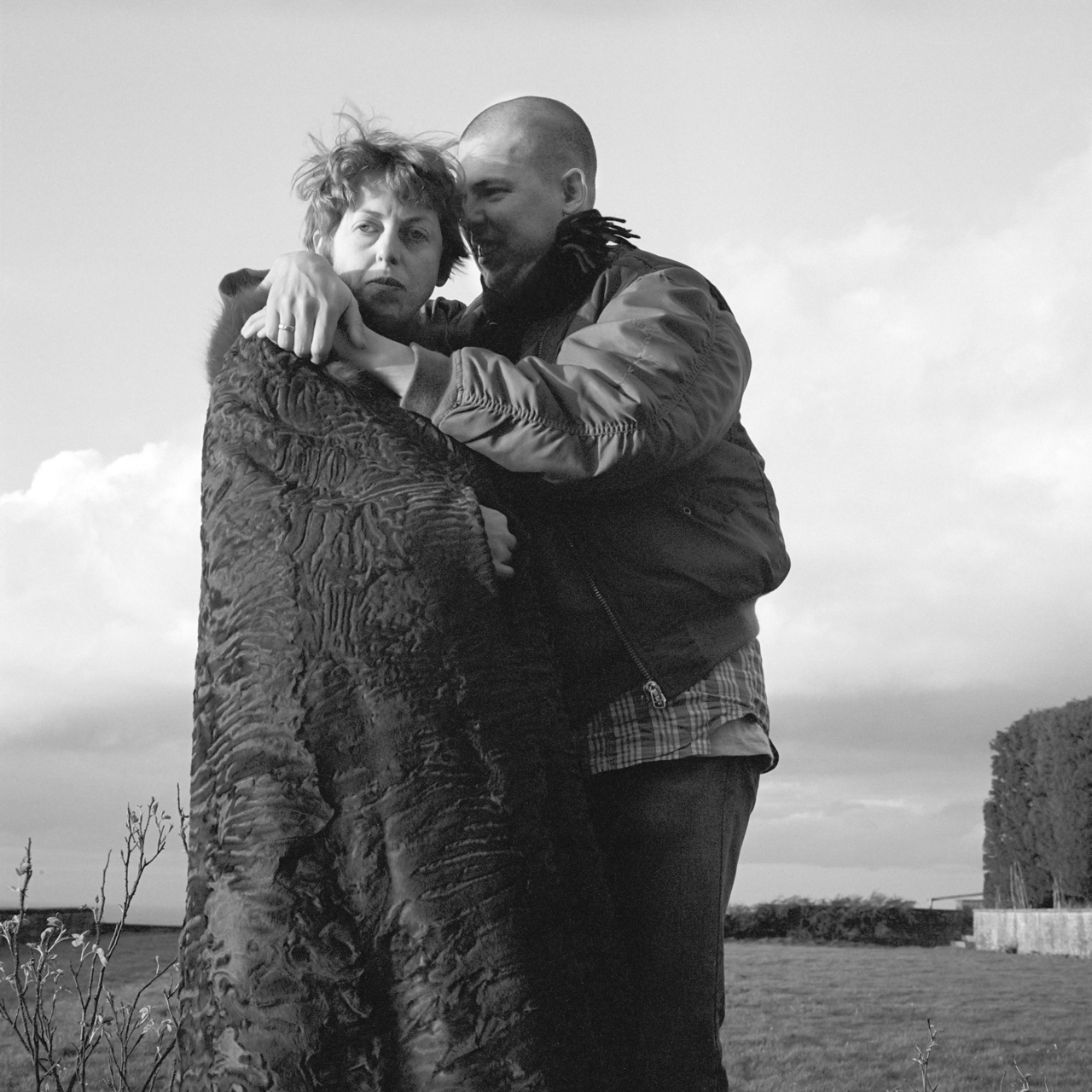 Lee McQueen and Isabella Blow at Hilles House. Credit: Gary Wallis.
Lee McQueen and Isabella Blow at Hilles House. Credit: Gary Wallis.Screenplay
Blow’s life fractured when McQueen went to Givenchy in 1997 and subsequently sold majority of his company to Gucci in 2000. Feeling abandoned, Daphne Guinness told Horyn at the time of Blow’s death, “Everybody else was offered contracts. [Isabella] got a free dress.”
“I’ve heard conflicting narratives around so many different aspects of [Blow’s] life,” Marx maintains, before adding, “the prevalent perception was that a betrayal occurred. [Blow] felt left behind. That wound festered and wasn’t adequately dealt with as life went on. It’s not as simple as [McQueen] did her wrong. We’re all complex creatures, So, that is in there.”
Marx clarifies that The Queen Of Fashion is a work of fiction. “It’s based on a true story, but it’s a movie, not a documentary.” Still, he’s firm that his portrayal has Blow’s benediction.
“I feel [Blow’s] presence in [the filmmaking] process. There have been too many weird coincidences that it feels she is guiding it”.
One twist of fate was Marx’s choice of cinematographer Stephan Goldblatt, whose first film was The Hunger starring David Bowie and Catherine Deneuve.
“It’s a visually delicious, erotic vampire movie McQueen based a show on. So there’s this crazy full circle beautifully slotting into place. It feels like [Blow] saying, “Talk to this person, go do this.”
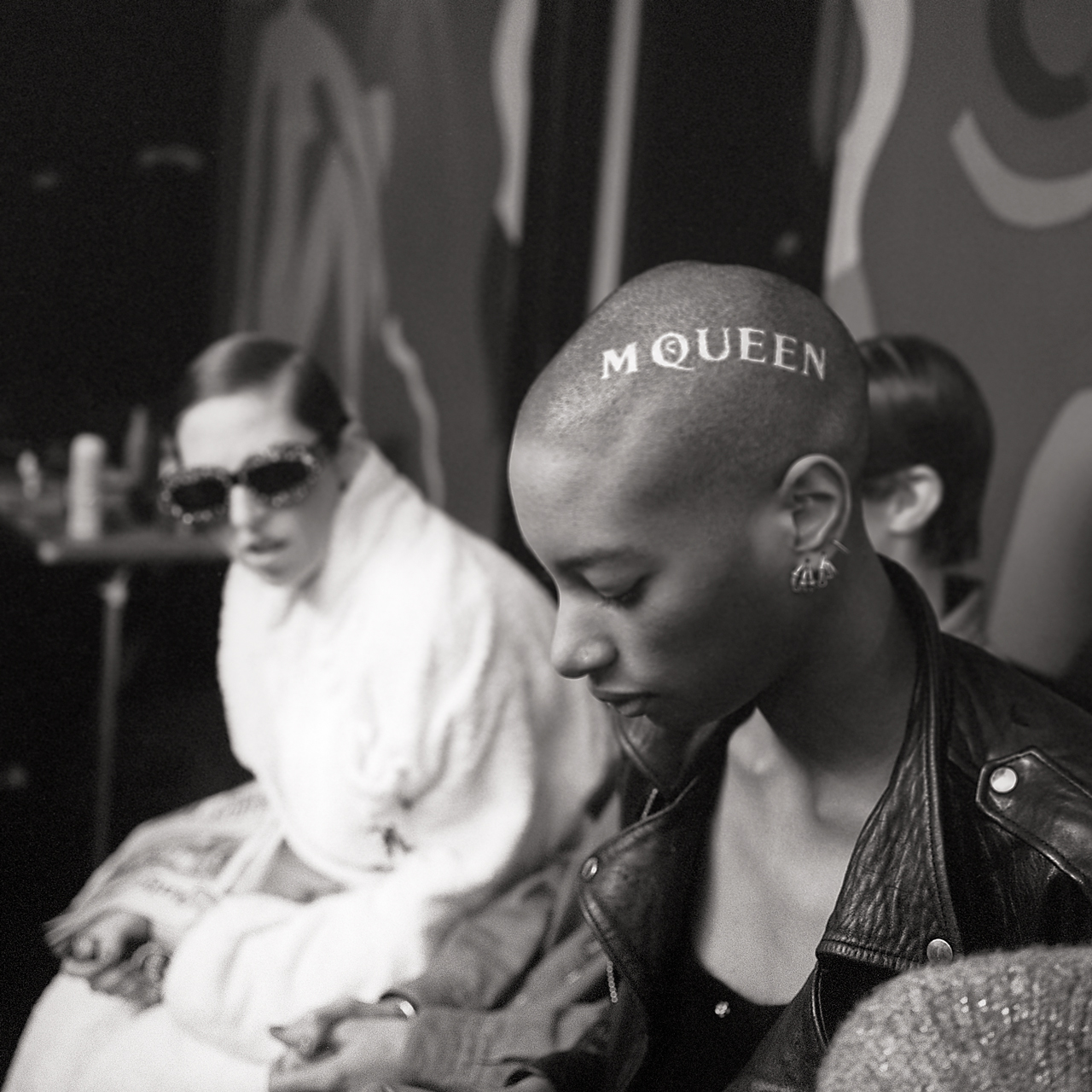 Isabella Blow backstage at Alexander McQueen’s Fall/Winter 1994 runway show “Banshee”. Credit: Gary Wallis.
Isabella Blow backstage at Alexander McQueen’s Fall/Winter 1994 runway show “Banshee”. Credit: Gary Wallis.Costuming
Given the film is aptly titled The Queen Of Fashion, costuming plays a starring role, one uniquely advanced by Blow’s real-life pieces. Her collection of clothing, including tartan from McQueen’s FW95 show, was set to be auctioned at Sotheby’s after her death. Destined to be scattered around the globe, Guinness was the benevolent patron who picked up the entire set. “Daphne has generously allowed access [to Blow’s archive],” Marx says. “Having fantasised about this possibility for eight-and-a-half years, I was overwhelmed.”
He recalls the clothes being perfectly preserved and catalogued with accompanying images, unzipping their special protective sheets and basking in the fragrance that lingered. “[Blow] very famously doused herself in a perfume called Fracas [by Robert Piguet]. There was still that smell on it,” he says with a smile. “That was one particular moment where it felt like she was in the room.”
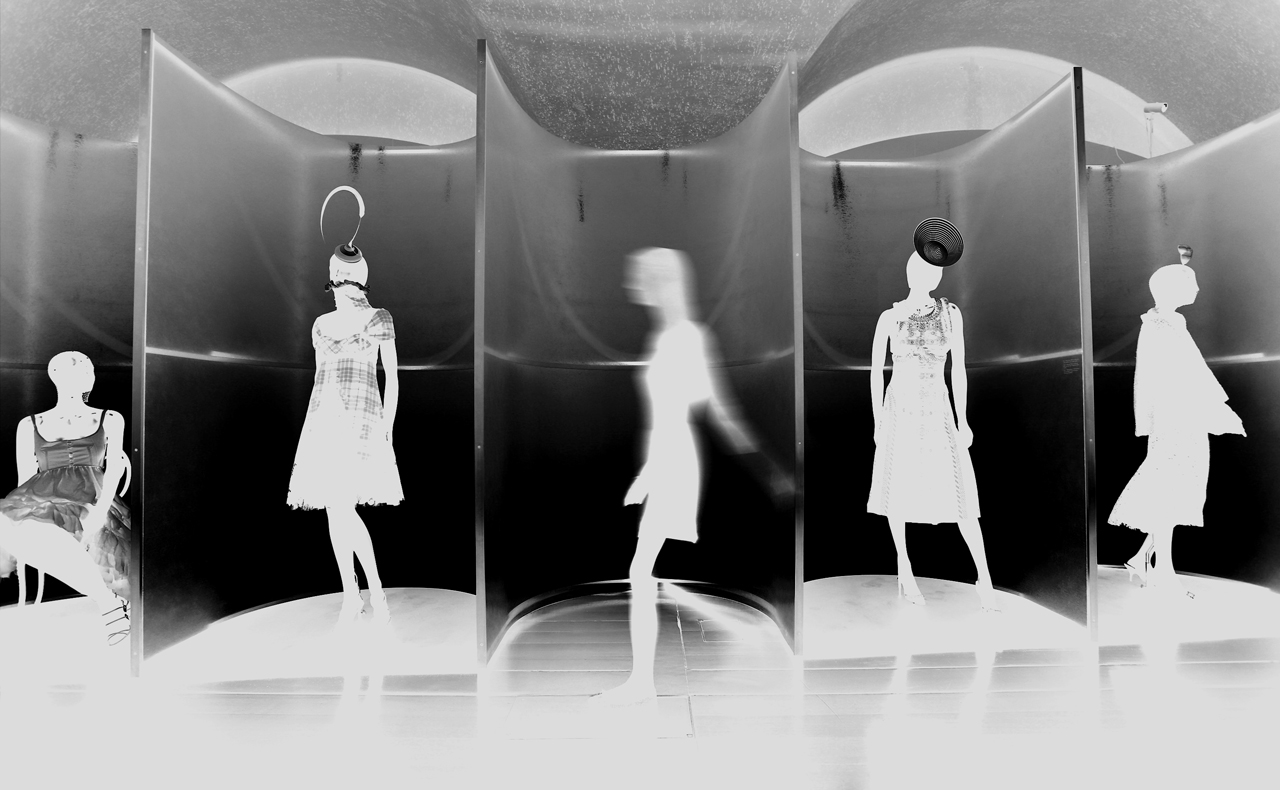 Fashion on display at the Isabella Blow: Fashion Galore! exhibition at Somerset House. Presented in partnership with the Isabella Blow Foundation and Central Saint Martins, the show features over 100 garments from designers such as Alexander McQueen and Philip Treacy selected from the personal collection of the late British patron of fashion and art. The exhibition ran from November 20, 2013 to March 2, 2014. (Photo by Peter Macdiarmid/Getty Images for Somerset House. Art by Kimberlee Kessler)
Fashion on display at the Isabella Blow: Fashion Galore! exhibition at Somerset House. Presented in partnership with the Isabella Blow Foundation and Central Saint Martins, the show features over 100 garments from designers such as Alexander McQueen and Philip Treacy selected from the personal collection of the late British patron of fashion and art. The exhibition ran from November 20, 2013 to March 2, 2014. (Photo by Peter Macdiarmid/Getty Images for Somerset House. Art by Kimberlee Kessler)Casting
Leading the cast is Marx’s long-term friend, Riseborough, with Emilia Clarke supporting as Guinness, Irish newcomer Fionn O’Shea as Philip Treacy, Hayley Atwell portraying former British Vogue editor Alexandra Shulman and Richard E. Grant as Blow’s father. Excitingly, Marx confirmed he had cast McQueen, but couldn’t share the name of the actor, only to say it is “someone who can physically inhabit this creative genius, is extremely vulnerable and also exhibits a real strength and mental toughness”.
Regarding the leading lady, however, Marx attests we’ll be completely blown away by Riseborough’s ability to transform and become Blow. “She was always my first choice and the best person for the job,” he says proudly. “[Andrea’s] not necessarily a household name, which is frankly the way she likes it. She’s never really been interested in being a celebrity, she’s just about the craft. There’s a kinship with Isabella in that way.”
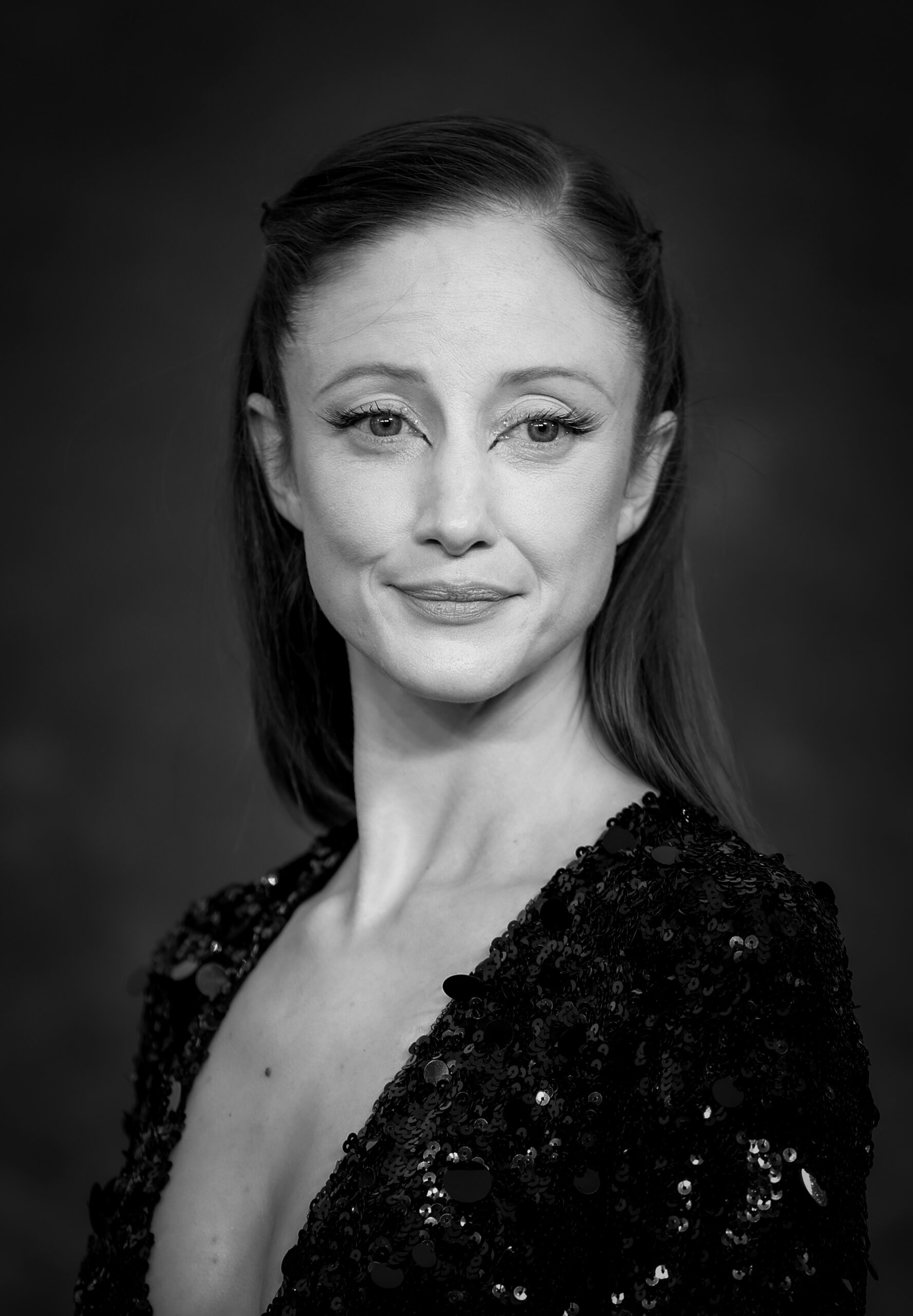 LONDON, ENGLAND – SEPTEMBER 21: (EDITOR’S NOTE: This image has been converted to black and white) Andrea Riseborough attends the “Amsterdam” European Premiere at Odeon Luxe Leicester Square on September 21, 2022 in London, England. (Photo by Mike Marsland/WireImage)
LONDON, ENGLAND – SEPTEMBER 21: (EDITOR’S NOTE: This image has been converted to black and white) Andrea Riseborough attends the “Amsterdam” European Premiere at Odeon Luxe Leicester Square on September 21, 2022 in London, England. (Photo by Mike Marsland/WireImage)Clarke will also offer some surprises, especially as this is the first time she’s ever played a real-life person. “This is something that is new territory, so when we first spoke with [Emilia] she had a little bit of trepidation,” Marx reveals. The story also picks up after Blow returns to London from New York, but Marx promises eagle-eyed viewers that there will be nods to her famous relationships with Jean-Michel Basquiat and Andy Warhol. “They’re specifically relevant to her story. You’ll have to wait and find out.”
Cinematography
Marx will employ similar cinematic techniques to ensure Blow’s perspectives, passions, eccentricities and, ultimately, her anxieties, get lead billing. “Because it’s Isabella’s story, the editing will favour her view,” he assures.
Innate to the film will also be a sense of duality. “With bipolar disorder, which she was eventually diagnosed with, polarity is inherent to the name. That’s a visual idea we’re bringing in,” he says. This juxtaposition is apparent in the setting, particularly the interplay between town and country. London will play a major part but so will the bucolic domains Blow would escape to. Code-switching between her private and public-facing life will be on display during these moments.
Integral to the story, of course, is fashion. To depict Blow’s experience of witnessing the clothes firsthand, The Queen Of Fashion will utilise a genre style called ‘magical realism’. Surreal and dreamlike, runways especially will have elements of fantasy. “Those shows came to life for her in a way that others might not see,” Marx says.
 At the Spring 2004 ready-to-wear Yves Saint Laurent show in the front row sits Isabella Blow, Stella Tennant and Betty Catroux. (Photo by Arthur Elgort/Condé Nast via Getty Images)
At the Spring 2004 ready-to-wear Yves Saint Laurent show in the front row sits Isabella Blow, Stella Tennant and Betty Catroux. (Photo by Arthur Elgort/Condé Nast via Getty Images)He’s dubious if real-life material will be woven in, arguing that seeing the actual figures in tandem with the actors could be jarring. “There are videos available, but we don’t get Isabella’s subjective experience of those things. Particularly with the FW94 show, which she walked in and we feature,” he says.
There is a case for including never-before-seen ‘rough and ready’ Super 8 footage shot by photographer Gary Wallis and chronicled in his book Archive: McQueen: Backstage – The Early Shows. “The tapes were lost for a very long time,” Marx says. “They weren’t found until after 2018’s McQueen documentary was finished.” The race to the theatres begins!
Archive: McQueen: Backstage – The Early Shows by Gary Wallis can be purchased online. For more of his work, visit @wallispictures on Instagram. Photography courtesy Gary Wallis
THIS FEATURE IS PUBLISHED IN THE 19TH EDITION OF GRAZIA INTERNATIONAL. ORDER YOUR COPY HERE.
topics: The Queen Of Fashion, Isabella Blow, Fashion news, Film News, Alex Marx, Elise Freeman, Alexander Mcqueen, Lee Alexander McQueen, Daphne Guinness, Philip Treacy, Andrea Riseborough, Emilia Clarke, GRAZIA 19
 3 weeks ago
4
3 weeks ago
4


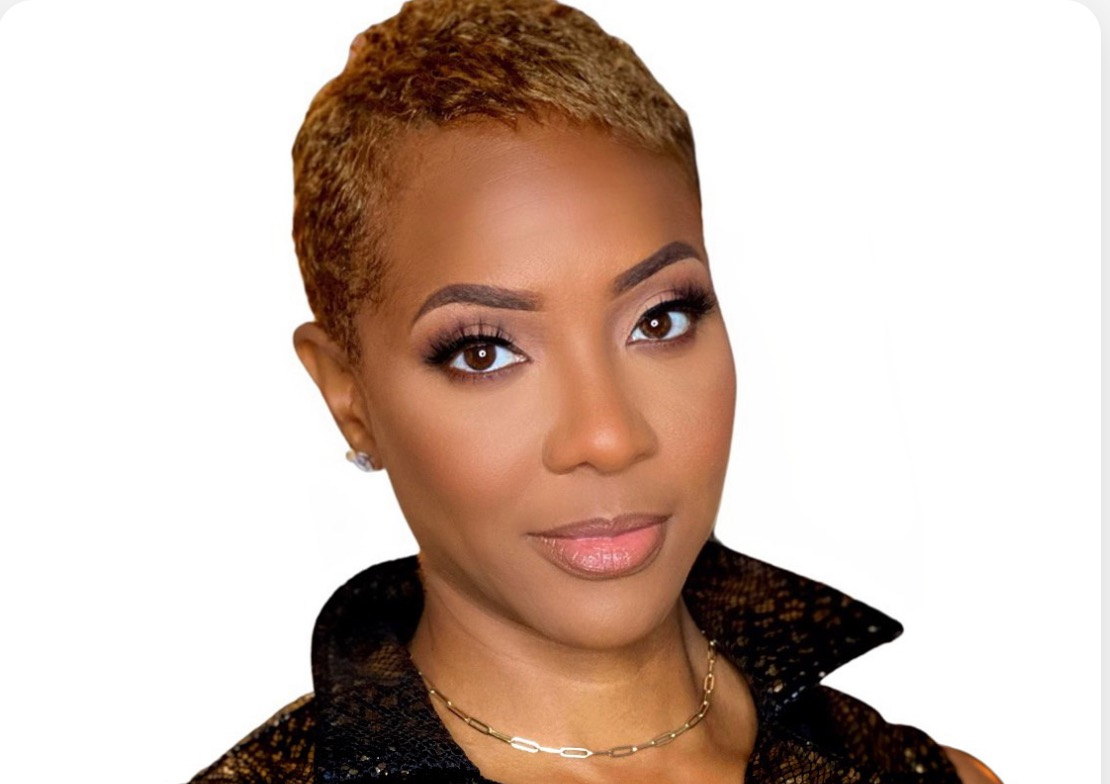
![[WATCH] ‘Power’ Actor Michael Rainey Jr. Launches $2.4 Million Financial Literacy Initiative In Staten Island](https://thesource.com/wp-content/uploads/2024/11/Screenshot-2024-11-21-at-4.25.35-PM.png)




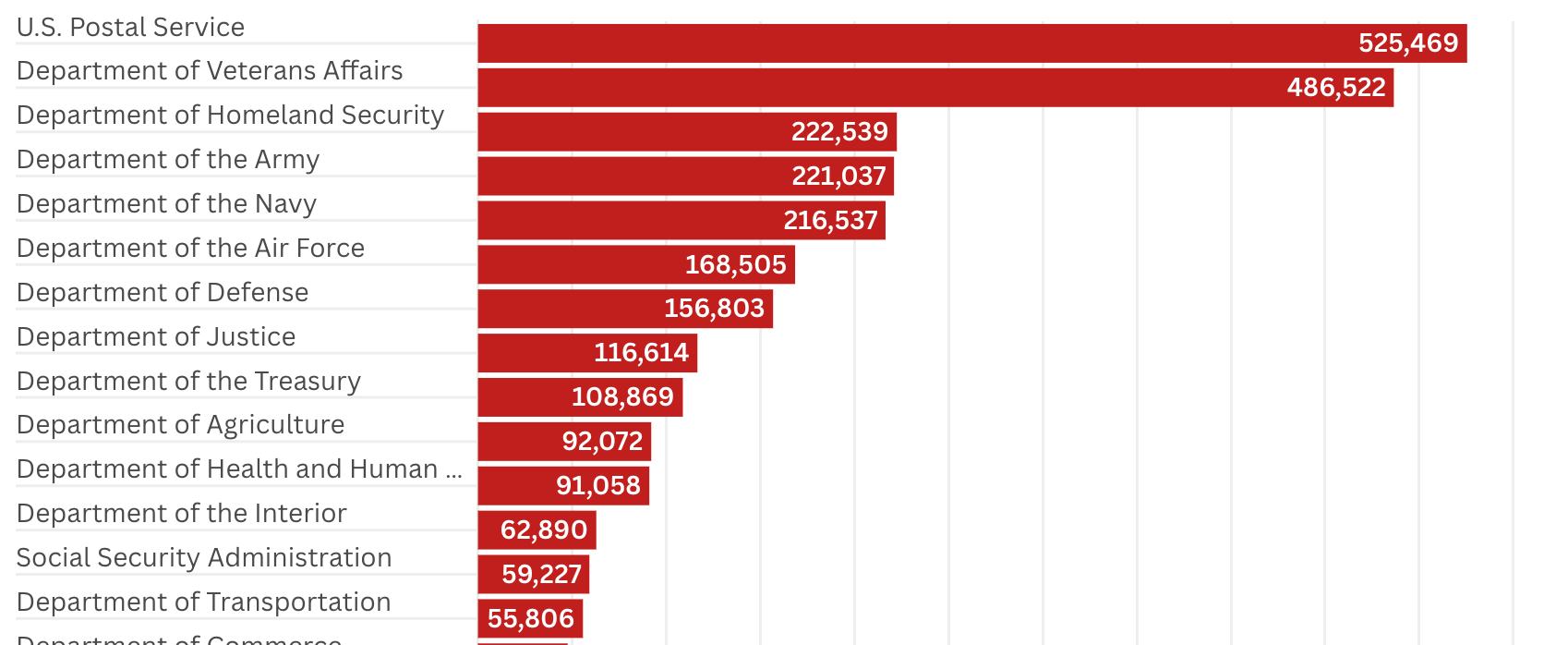

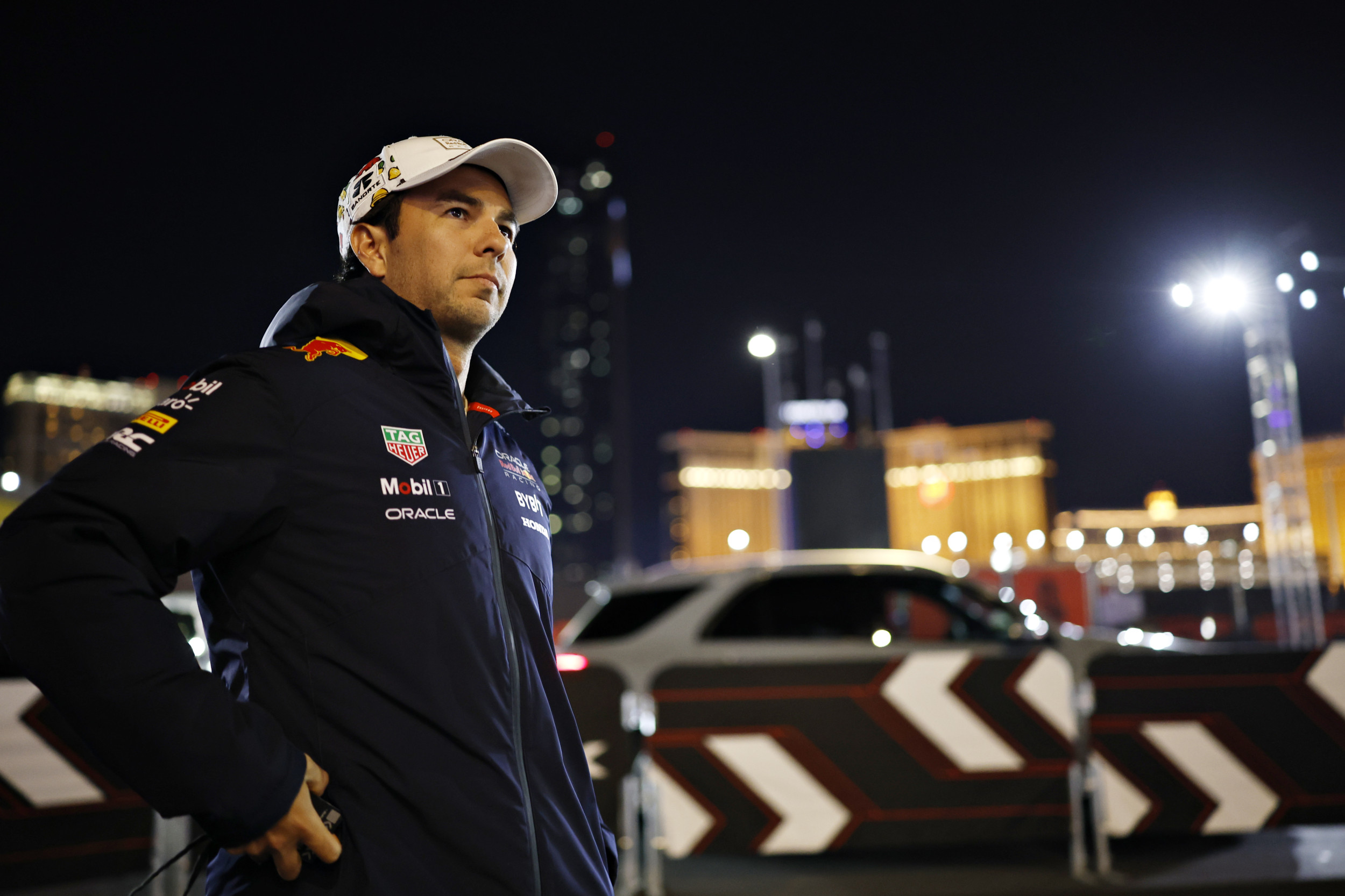



)
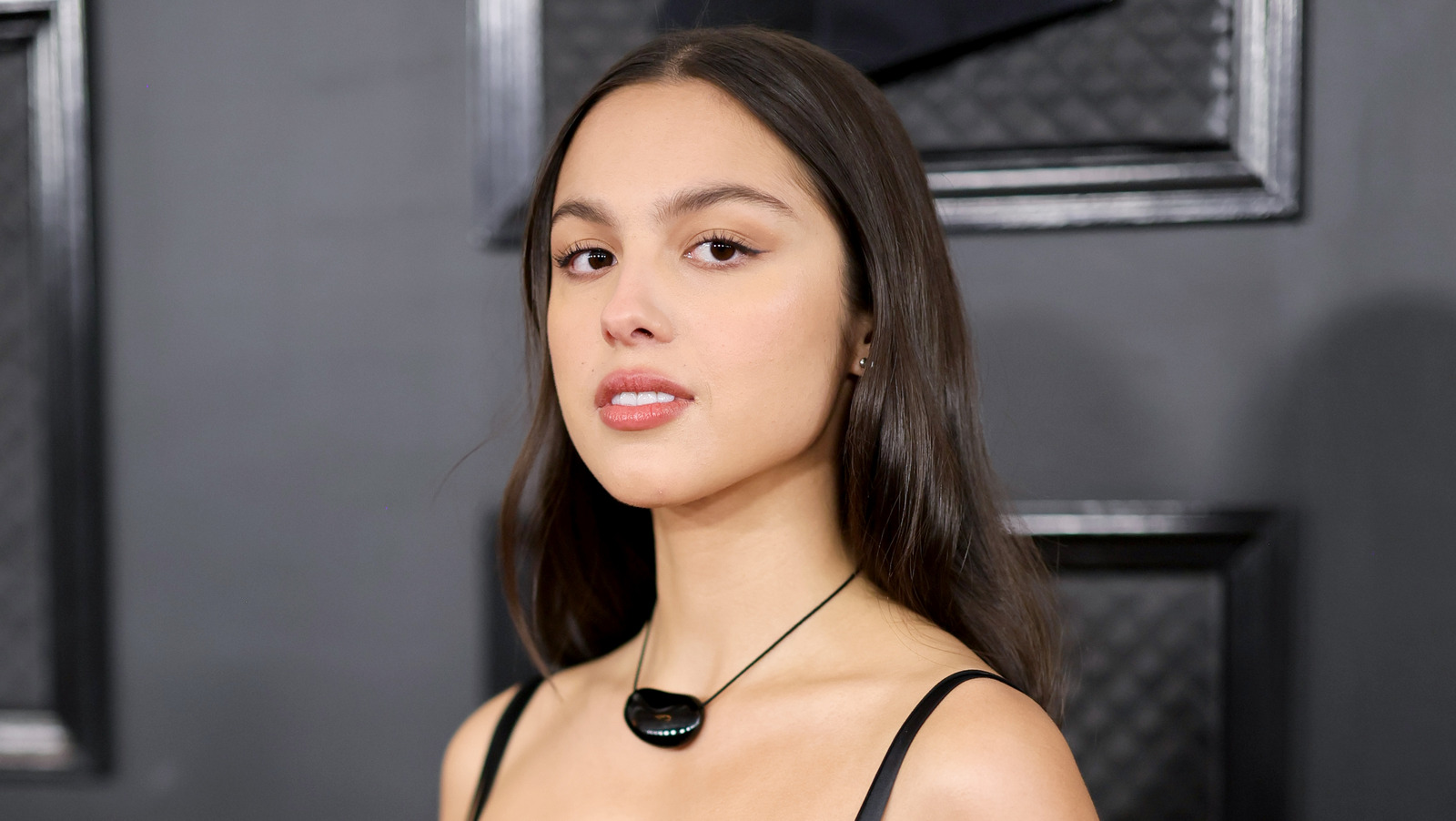




 English (US) ·
English (US) ·